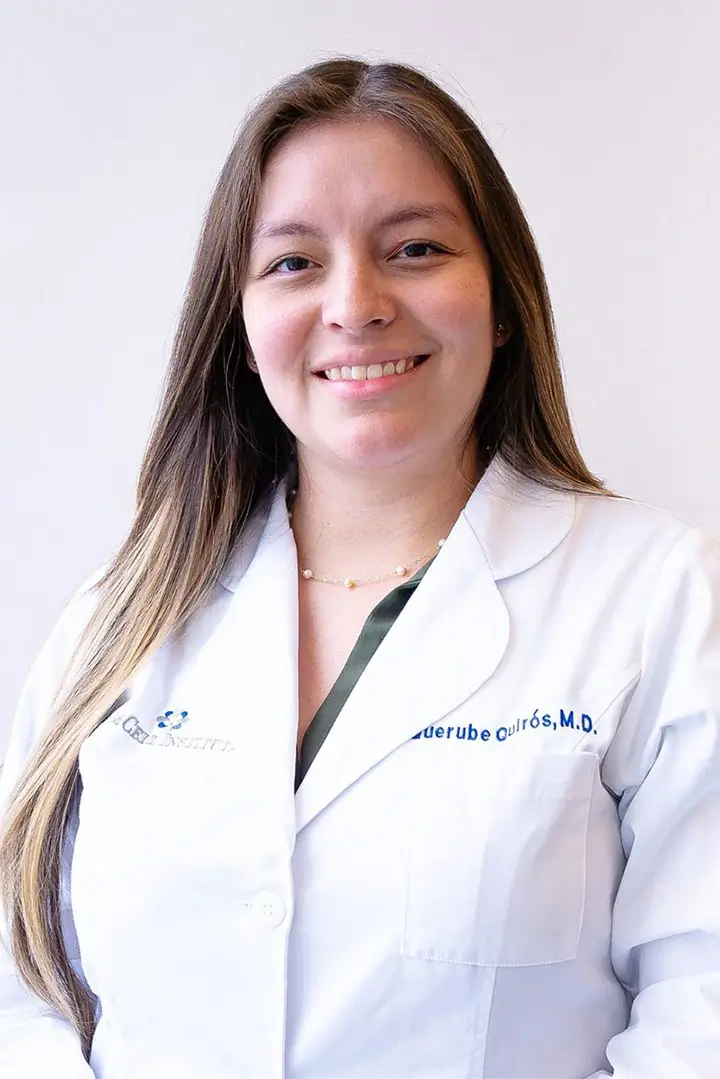Researchers at the Harvard Stem Cell Institute (HSCI) have reported the creation of twenty stable cell lines from patients with genetic diseases that include Type I diabetes, Parkinson’s disease, Hungtinton’s disease, Down Syndrome, and two types of muscular dystrophy. Although the cell lines resemble stem cells in their pluripotency, none of the cell lines were created from stem cells.
Instead of stem cells, the scientists used iPS (induced pluripotent stem) cells, which are mature cells, usually taken from the skin or blood of adults, that have been reprogrammed to revert to a more primitive state that resembles a stem cell. From these iPS cells, new cell lines were specifically created for various genetic disorders. According to Dr. George Daley, a professor in Harvard’s Medical School, senior author of the paper in which the announcement was made, and a member of the executive committee of the HSCI, “This has really been one of the goals of stem cell biology for many years, to be able to produce customized disease-specific lines for different patients.”
Other scientists around the world who are studying these various diseases will soon be able to order shipments from the HSCI of these disease-specific cell lines. Indeed, “patient-specific” iPS cells, which are reprogrammed cells derived from specific patients, allow for an individually tailored study, in the laboratory, of the unique characteristics of a particular person’s disease, thereby opening up the opportunity for therapies that are customized to each individual person. Dr. Konrad Hochedlinger, also a professor at Harvard Medical School, whose lab contributed to the Lesch-Nyhan syndrome cell line in the project, has referred to the “iPS trick” as something that is changing the face of stem cell research, by genetically reprogramming human, non-stem cell, cells to behave as though they were stem cells.
In July of this year, a new iPS Core Facility was created at the Harvard-affiliated Massachusetts General Hospital, where the disease-specific iPS cell lines will be deposited not only for storage but also for production on a larger scale, in order to accommodate distribution to the scientific community. According to Laurence Daheron, manager of the iPS Core Facility, the iPS cell lines will be available free of charge for HSCI members and collaborators, although non-HSCI members and biopharmaceutical companies will be required to pay a fee in order to cover the cost of expansion of the iPS cell lines.
The creation of the iPS cell lines, and the establishment of the Core Facility at Massachusetts General Hospital, has vast implications not only for stem cell therapies involving the particular diseases under consideration, but also for the stem cell field and for cell biology in general.

